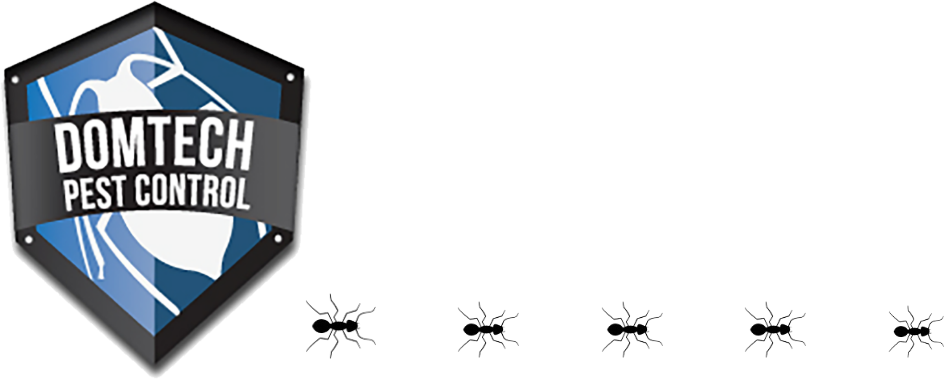Buzzing Menace: Understanding Wasps, Hornets, and Carpenter Bees
Introduction:
As warm weather arrives, so does the presence of stinging insects like wasps, hornets, and carpenter bees. While these buzzing creatures play vital roles in ecosystems, their proximity to our homes can pose risks and in still fear. In this blog, we will shed light on these insects, their behaviour, potential threats, and effective methods to manage and prevent encounters with them.
Wasps are slender, winged insects that are often mistaken for bees due to their similar appearance. They come in various species, with yellow jackets and paper wasps being the most common. Wasps are known for their aggressive behaviour when they feel threatened or their nests are disturbed. Their stings can be painful and cause allergic reactions in some individuals.
Hornets are a type of wasp, usually larger in size and more aggressive. Their nests are typically found high in trees or attached to structures like buildings. The European hornet and the bald-faced hornet are notable examples. While their stings are painful, hornets are generally less likely to sting humans unless their nests are disturbed.
Carpenter bees resemble bumblebees but have a shiny abdomen. Unlike honeybees, they are solitary insects. Carpenter bees are notorious for their wood-boring behaviour, creating tunnels in wooden structures such as decks, eaves, and fences. Though the males can appear aggressive while defending their territories, they rarely sting. Female carpenter bees possess stingers but are less likely to sting unless provoked.
Potential Threats:
a) Stings and Allergic Reactions: Stings from wasps, hornets, and bees can be painful and cause local swelling, redness, and itching. For individuals with allergies, stings can lead to severe allergic reactions requiring immediate medical attention.
b) Nesting Near Human Habitation: When wasp, hornet, or carpenter bee nests are located in close proximity to our homes, they can pose a threat to our safety and well-being. Interactions with these insects near entrances or common areas increase the risk of stings.
Effective Management and Prevention:
Nest Removal: If wasp or hornet nests are within your property and pose a threat, it's best to seek professional pest control services to safely remove them. DIY nest removal can be dangerous and provoke aggressive behaviour from the insects.
Sealing Entry Points: Prevent wasps, hornets, and carpenter bees from entering your home by sealing cracks, gaps, and other potential entry points in the structure.
Carpenter Bee Deterrence: To discourage carpenter bees from boring into wood structures, paint or stain exposed wood surfaces, fill existing holes, and consider installing insecticide-treated wood or repellent products.
Preventative Wasps and Hornet Spray: offers several benefits for homeowners. Firstly, it acts as a proactive defence by creating a barrier that deters these stinging insects from building nests around your property. Secondly, it helps minimize the risk of painful stings and potential allergic reactions, providing peace of mind and ensuring the safety of your family and pets. By using a preventative spray, you can enjoy outdoor spaces without the fear of encountering aggressive wasps or hornets.
Conclusion:
Understanding the behaviour and characteristics of wasps, hornets, and carpenter bees empowers us to take appropriate action to manage their presence. While they serve important roles in the ecosystem, it is essential to protect our homes and loved ones from potential threats. By employing professional assistance, practicing preventative measures, and respecting these insects' habitats, we can coexist in harmony and reduce the risks associated with these buzzing menaces.
